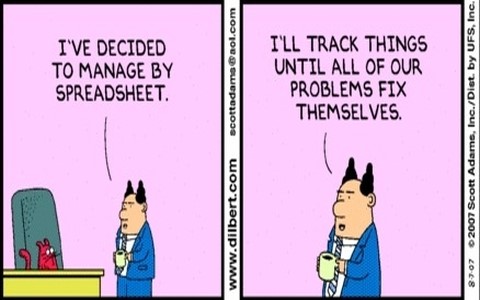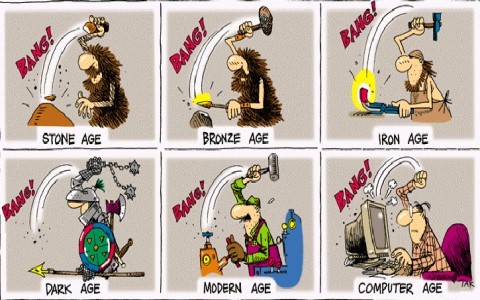Introduction
In today's data-driven world, businesses have access to a vast amount of information generated from various sources, including customer interactions, sales transactions, social media, and more. However, having data is not enough; the key lies in unlocking its potential. This is where business analytics comes into play. Business analytics is a powerful tool that allows organizations to derive valuable insights from data and make informed decisions. In this blog article, we will explore what business analytics is, its importance, and how it can revolutionize the way businesses operate.
Understanding Business Analytics
Business analytics is the process of examining data to uncover patterns, trends, correlations, and other essential insights that drive business performance and growth. It involves the use of statistical and quantitative techniques, data mining, predictive modelling, and machine learning to extract meaningful information from vast datasets. Business analytics aims to transform raw data into actionable knowledge, empowering decision-makers to make informed choices.
Terminology
Business analytics begins with a data set (a simple collection of data or a data file) or commonly with a database (a collection of data files that contain information on people, locations, and so on). As databases grow, they need to be stored somewhere. Technologies such as computer clouds (hardware and software used for data remote storage, retrieval, and computational functions) and data warehousing (a collection of databases used for reporting and data analysis) store data. Database storage areas have become so large that a new term was devised to describe them. Big data describes the collection of data sets that are so large and complex that software systems are hardly able to process them. Little data is anything that is not big data. Little data describes the smaller data segments or files that help individual businesses keep track of customers.
Three terms in business literature are often related to one another: Analytics, Business analytics, and Business intelligence. But what is the difference between these solutions and which one is right for your business needs? The distinctions between BI, analytics, and business analytics are subtle, and to make things more confusing, the terms are often used interchangeably.
Analytics can be defined as a process that involves the use of statistical techniques (measures of central tendency, graphs, and so on), information system software (data mining, sorting routines), and operations research methodologies (linear programming) to explore, visualize, discover and communicate patterns or trends in data. Simply, analytics convert data into useful information. Analytics is an older term commonly applied to all disciplines, not just business. A typical example of the use of analytics is the weather measurements collected and converted into statistics, which in turn predict weather patterns.
Business analytics focuses on using data to determine future events. In contrast, business intelligence focuses on historical data and how past decisions impacted outcomes.
The major difference between Analytics, Business analytics, and Business intelligence is the questions they answer.
Trying to decide if business intelligence or business analytics or analytics is better is not a helpful way to look at data management. In reality, a business needs all three, analytics, business intelligence and business analytics, to succeed. Plus, people throughout the business world often use these terms to mean a variety of things, so when choosing the type of technology, tools, and talent you want to invest in, you should focus less on BI vs. BA and more on what you need the data system to do and who will be using it. Developing a business intelligence strategy is an important first step in implementing a BI solution. Ask important questions, such as:
- Who are the key stakeholders? Who will be using this system?
- What departments need business intelligence and what will be measured?
- What support do content authors and information consumers need?















